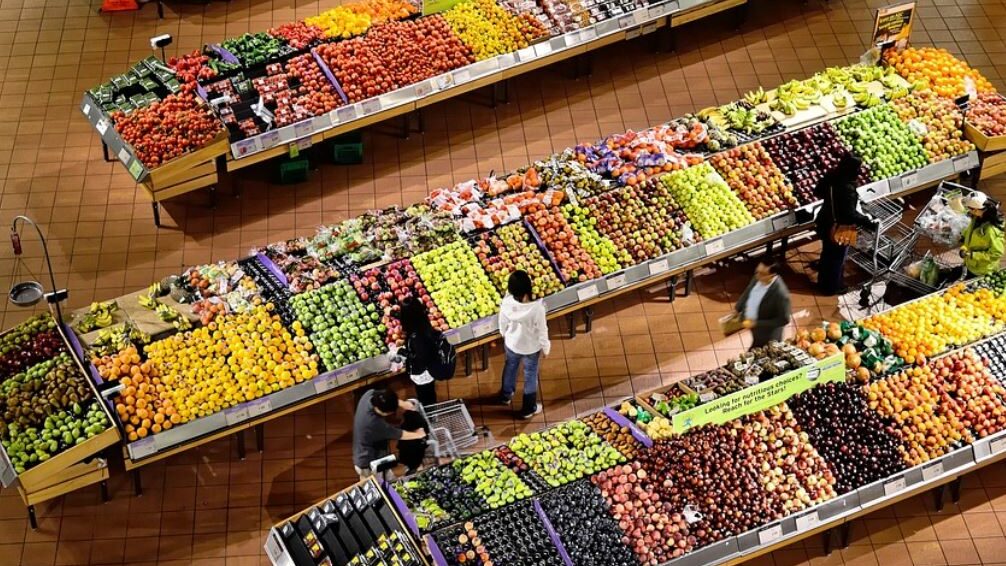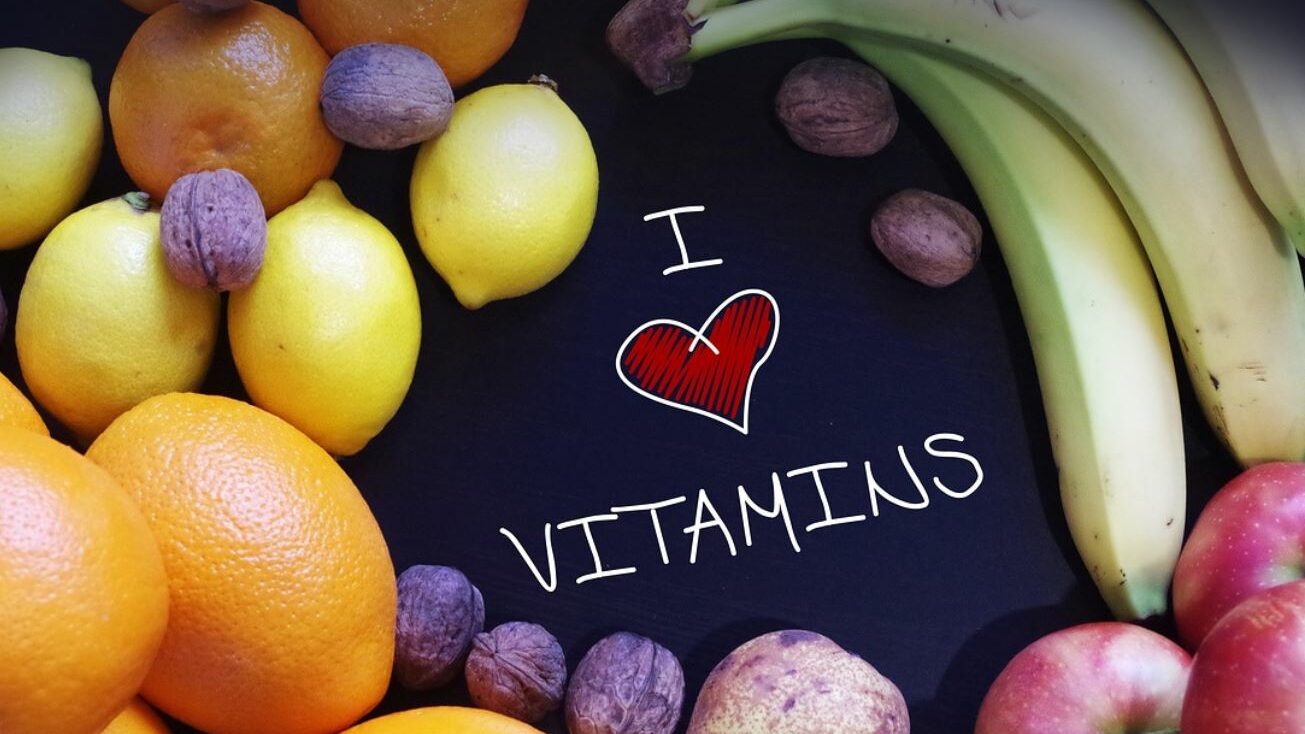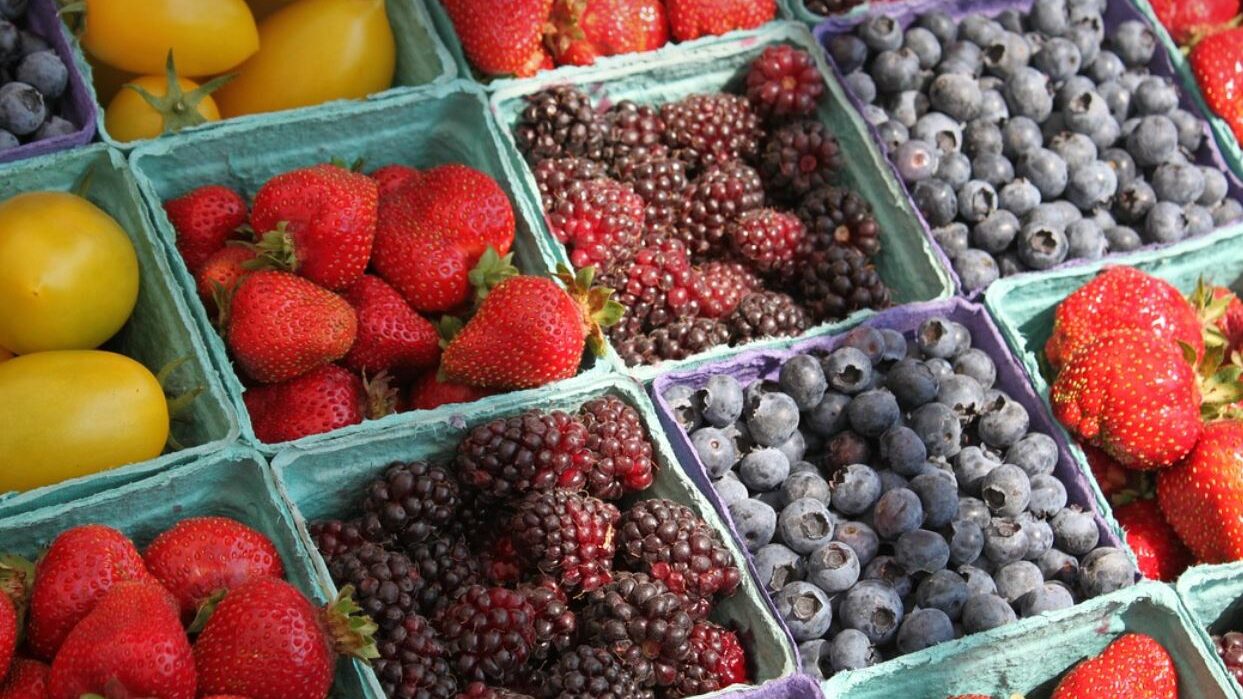Labels offer invaluable information from safety warnings on cleaning supplies to nutrition information on products sold in grocery stores. One particular label, the numbers on fruit stickers, are found in most grocery stores and provide surprisingly useful information. Here’s what they mean.
Numbers on Fruit Stickers like 9

Most people know that bar codes on grocery store products are helpful for the registers to identify how much the item should ring up. However, the numbers on fruit stickers do more than inform the computer what to do. For instance, the numbers on fruit stickers that start with 9 and have 5 digits indicate the food has been organically grown.
Read More: Why You Should Never Buy Precut Fruit
Number 8

Another example is the number 8. Numbers on fruit stickers that begin with 8, and are a 5-digit code mean the product has been genetically modified. However, GMO foods are controversial as some have raised concerns about the correlation between allergies or other health risks and GMO foods. Additionally, scientists are still evaluating the long-term health impacts, and little is known about the future effects. Therefore, these are rare as only a few GMO foods are widely sold.
4-Digit Code

Lastly, a 4-digit code starting with either a 3 or 4 signifies the food isn’t organically grown. Instead, it has likely been “conventionally grown.“
What is Conventional Growth

When referring to produce, most people have heard the term organic, believing it to be healthier or more nutrient-dense. However, studies have shown no difference between organic and conventional methods in terms of nutritional value. The primary difference between organic and conventional growth is how they’re fertilized. Organic produce uses organic matter like compost and is mechanically or biologically treated for weeds. Whereas, conventional methods use synthetic fertilizers and pesticides. There has been some debate about the environmental impacts, and possible future health complications, involving conventional food-growth methods. However, according to Dr. Tamika D. Sims, the senior director of food technology communications in Atlanta Georgia, both organic and synthetic fertilizers have been “federally regulated.”
Read More: Eating This Fruit Has Been Associated With Lower Risk Of Cardiovascular And Coronary Heart Disease
Dr. Sims Elaborates

Dr. Sims adds that she believes people should be more concerned with eating a well-balanced diet with a lot of variety for a healthier life, rather than focusing on the numbers on fruit stickers representing an organically grown product.
Numbers on Fruit Stickers Signify a System

The numbers on fruit stickers inform the register of the correct price and depending on the number of digits, also inform customers about how the food was grown. Moreover, the number of digits matters too. A 4 or 5-digit number indicates where and how the food was grown, in addition to the size and type of food purchased. However, if the numbers on fruit stickers have more than 5 digits, it’s not included in the “internationally standardized system.”
What is the Internationally Standardized System

Most people feel that going to the grocery store is an undesirable task, trying to get it done as quickly as possible. On the other hand, what we put into our bodies helps keep us alive, and our bodies in good health and shape. Therefore, it might be a good idea to take some extra time to consider what exactly is going into our meals. The International Federation for Produce Standards has been on a mission to “improve supply chain efficiency.” This means that the federation among other things, is responsible for ensuring high-quality ingredients, “implementing and harmonizing international standards.”
Creating Numbers on Fruit Stickers

The system was implemented in the 1990s, adding stickers on fruits and vegetables. Then, categorizing them with a numerical code to ensure a high-quality guarantee. The IFPS has assigned more than 1,400 codes. However, the system is optional, meaning not all fruits and vegetables sold in stores have been checked or approved by the IFPS or the global standards.
People who are interested in what they put into their bodies may find it helpful to better understand the numbers on fruit stickers. Additionally, this information can speed things up at the self-checkout. Simply, enter the PLU code instead of searching for the item by name. Either way, ensuring the world is properly fed takes a great deal of organization and a system like the PLU codes is a perfect way to help keep track of the delicious and nutritious foods that travel across the globe.
Read More: 10 Fruit and Vegetable Peels You Should Never Throw Away
Sources
- “What do PLU codes say about your produce?” CR. May 7, 2010.
- “Who are We?” IFPS
- “Cracking the Produce Sticker Code.” Scripps. January 8, 2024.
- “What Those Codes on Your Produce *Really* Mean.” Eating Well. Karla Walsh. December 16, 2022.

